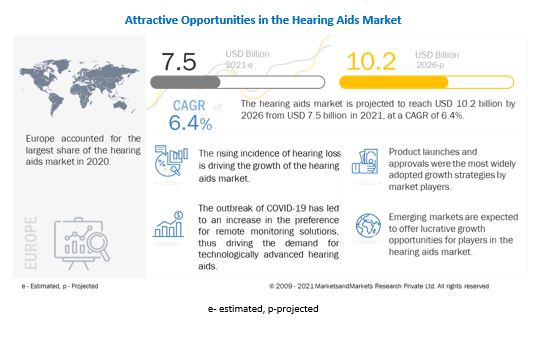views

|
The emergence of the COVID-19 pandemic has changed the delivery of medical care across the world. The increased pressure due to the growing rate of hospitalization of COVID-19 patients had led to the re-profiling of many hospitals and departments for treating patients with COVID-19. Consequently, many elective surgeries were canceled or postponed worldwide to reserve or redirect the available limited capacities and resources (like hospital beds and patient care professionals) toward COVID-19 patient care. In particular, the provision of ENT-related surgeries and services has been disproportionally affected due to the reallocation of intensive care resources. According to the Centers for Disease Control and Prevention (CDC), ENT clinics and audiology centers pose a medium-to-high risk for COVID-19 infection, considering the proximity, test set-up, and length of appointments. The fact that a majority of people who require audiology services (aged over 65 years) are also the ones at the highest risk of COVID-19 related mortality and morbidity, underscores the importance of reassessing how hearing care is delivered. The outbreak of COVID-19 has led to an increase in the preference for remote monitoring. The crisis has ushered in a new era in the hearing healthcare space that requires a radical rethinking of service delivery in audiology. Low- and no-touch services are now necessary for audiology patients (who are typically at the highest risk for COVID-19 morbidity and mortality due to their advanced age). Also, hearing aid manufacturers have started focusing on including mobile audiometry and digital hearing care solutions for remote hearing aid device troubleshooting, counseling, fine-tuning, and tracking. Download PDF Brochure @ https://www.marketsandmarkets.com/pdfdownloadNew.asp?id=198630754 Globally, the rising incidence of hearing loss has made it extremely important to monitor and examine hearing functions. In children, untreated hearing loss negatively impacts language development, learning, and social engagement. Similarly, older adults with hearing loss often have difficulty following day-to-day conversations. For people entering their retirement years, untreated hearing loss has been linked to several physical and psychological issues, ranging from cognitive decline and depression to an increased risk of trips and falls.
Emerging economies such as India, South Korea, Malaysia, Vietnam, Africa, and Middle Eastern countries such as Israel, Saudi Arabia, and the UAE offer significant growth opportunities to major market players. This can be attributed to their low regulatory barriers, improvements in healthcare infrastructure, growing patient population, and rising healthcare expenditure. The high cost of hearing aids, such as cochlear implants and bone-anchored systems, is a major factor restraining the market growth, particularly in price-sensitive regions such as the Asia Pacific, Latin America, and Africa. Healthcare providers, especially in developing countries such as Brazil and Mexico, have low financial resources to invest in sophisticated technologies. Moreover, the staff must be extensively trained for the efficient handling and maintenance of cochlear implants and bone-anchored systems. Currently, several countries are facing a shortage of skilled professionals who are capable of effectively performing ENT procedures, such as cochlear implantation. Underdeveloped countries and regions face this problem on a much wider scale. The dearth of skilled ENT surgeons in these countries is expected to limit the number of ENT procedures performed, including cochlear implantation, carried out per year despite the presence of a large target patient population base. This is a major challenge for the growth of the hearing aids market. |
|













